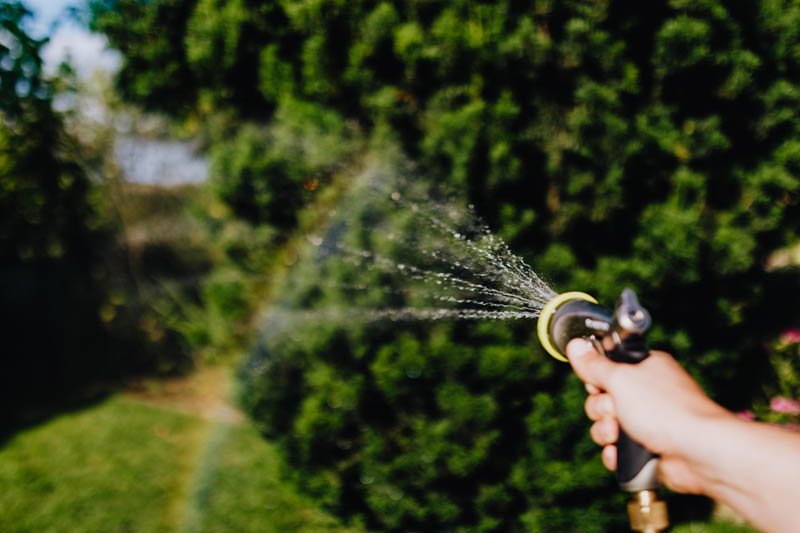What Is A Water Butt?
A water butt is a nifty, efficient way to store and use water. It’s basically a large, sturdy container filled with water. When you want to use the water, you simply open the spigot and let the liquid flow out.
A water butt is great for storing rainwater to use on your garden. It’s also an excellent way to capture runoff from your roof.
Recycling water is an eco-friendly task. Not only is using rainwater on your garden better for your plants, but it’s also cost saving. If you’re on a water meter, watering your plants using a hose connected to a tap can be expensive. By using rainwater collected in a water butt, you can water your garden for free and it doesn’t contain any of the chemicals that are put into tap water. If you live in an area that has a hose pipe ban, your water butt will be your lifesaver!
Water butts come in a variety of shapes and sizes to suit your needs. One of the most common shapes of water butts you’ll find in a garden is a barrel water butt. However, technology has advanced and, knowing homeowners love for landscaping, some manufacturers have created slimline water butts and even water butts with a planter in the top to make it a more attractive feature.
How To Install A Water Butt
- Situate your water butt under the selected downpipe which will be feeding the rainwater to your system. Make sure that it’s on a stand.
- Cut the downpipe just below the top level of the water butt and affix the diverter to the bottom of it.
- Drill a hole in the water butt to allow it to be connected to the downpipe..
- Install the connector that links up the water butt to the downpipe diverter.
Does water go stagnant in a water butt?
If left for long periods of time, water can go stagnant in a water butt. To help prevent this, it’s important that your water butt has a well fitted lid to prevent debris and insect from getting inside.
It’s also advised that you should regularly use the water and every once in a while give the water butt a thorough clean to keep it in the best condition.
You can buy a filter to put into your water butt to stop any debris from entering the water. This will help reduce any bacteria build up which results in bad smells.
To avoid any issues with the water in the summer, it’s best to choose a water butt that is insulated so that the water can keep at a cool temperature, even in the warmer months.
How do I clean my water butt?
To clean your water butt, ensure that all debris is removed from the surface, such as leaves. Make sure to drain the water completely out of the butt and then give it a clean using warm soapy water before finally rinsing it. You can use a brush to help clean any debris from the water butt and a hose can help to rinse it through afterwards.
Some companies sell natural treatments which can be popped into the water butt to reduce the build up of any bacteria and help to keep the water clean.
Where do water butts most commonly leak from?
Water butts are often found to leak from their bases. This is usually due to the fact that these butts are typically made of a cheap and weak plastic material that can easily break and cause water leakage. That’s why it’s important to invest in a quality water butt.
Sometimes the water butt taps can become faulty and leak if the seal goes.



Be the first to comment